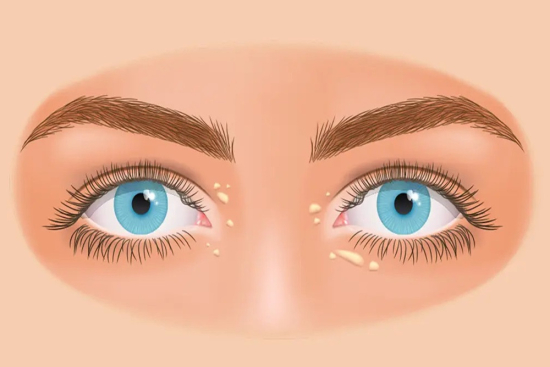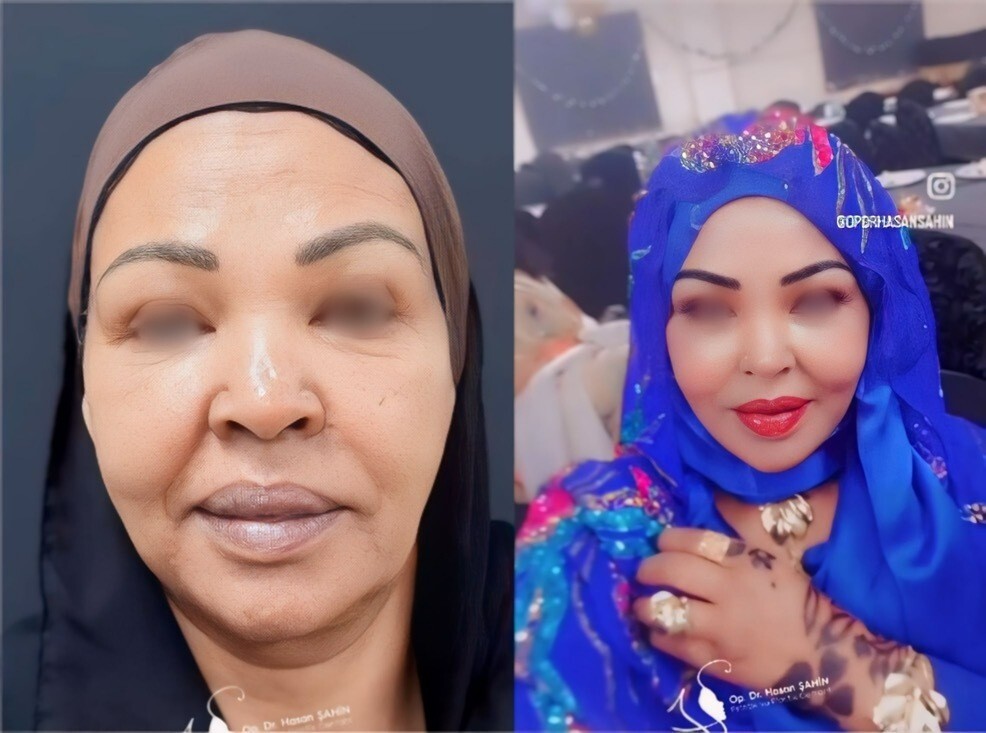Xanthelasma palpebrae is a skin condition characterized by the accumulation of lipids (fats) on the eyelids, resulting in yellowish or whitish patches. Although not cancerous, these lesions result from excess cholesterol in the blood and may be associated with other health problems.
In Turkey, medical and surgical treatments are available to remove these plaques and improve the appearance of the eyelids.








